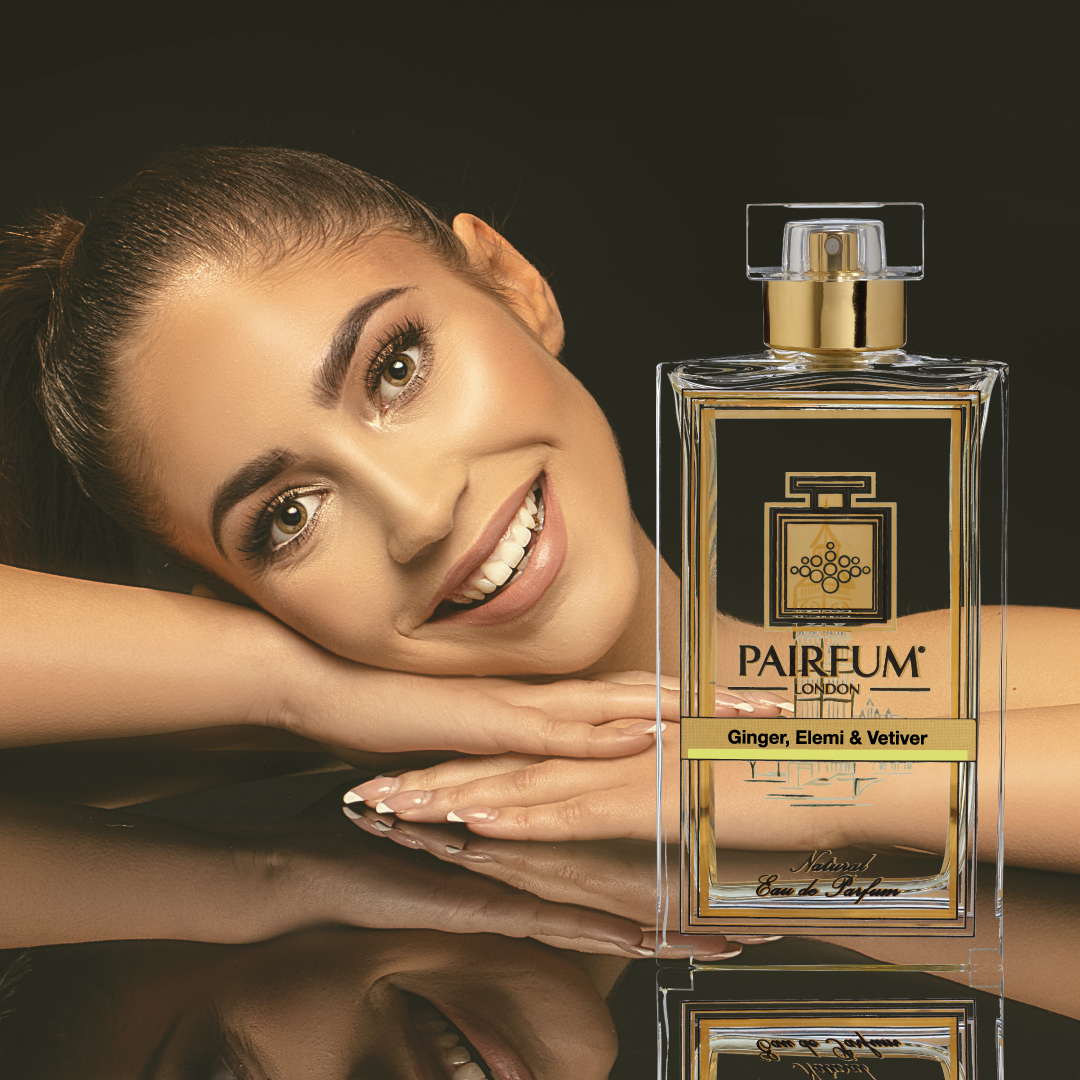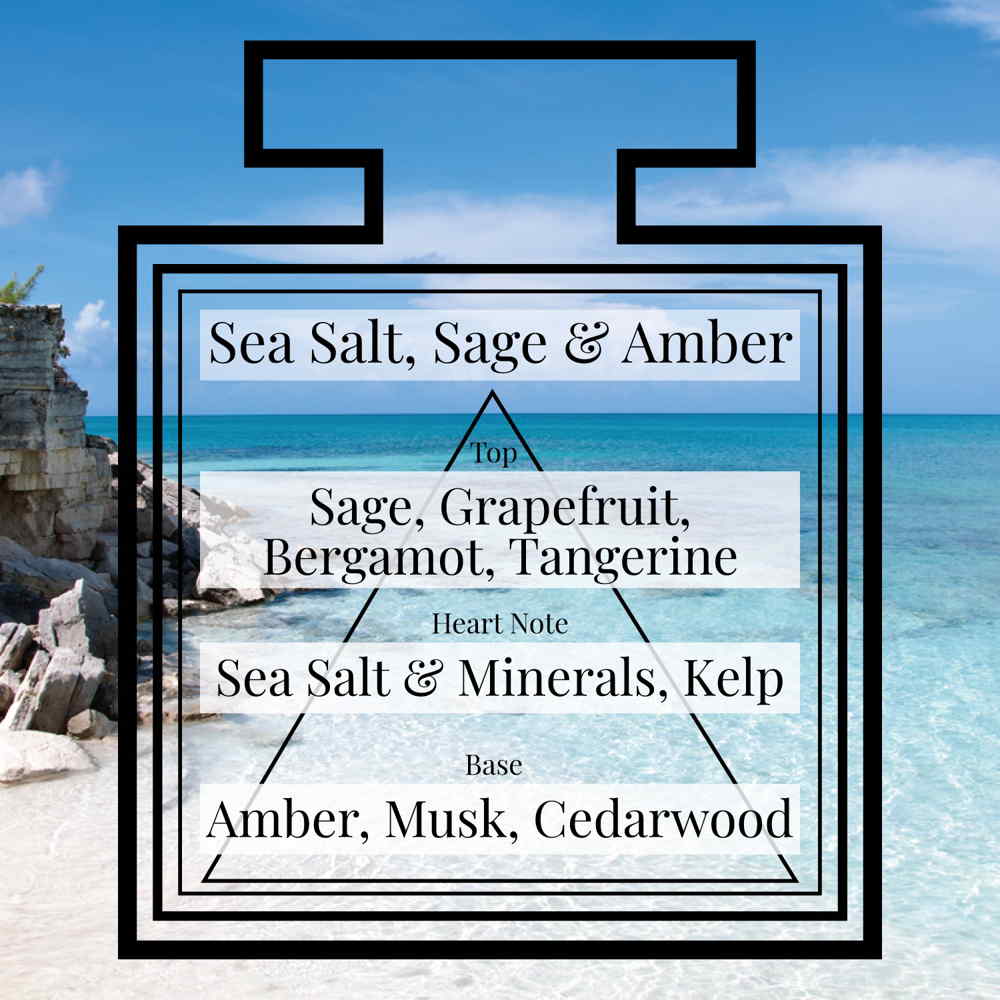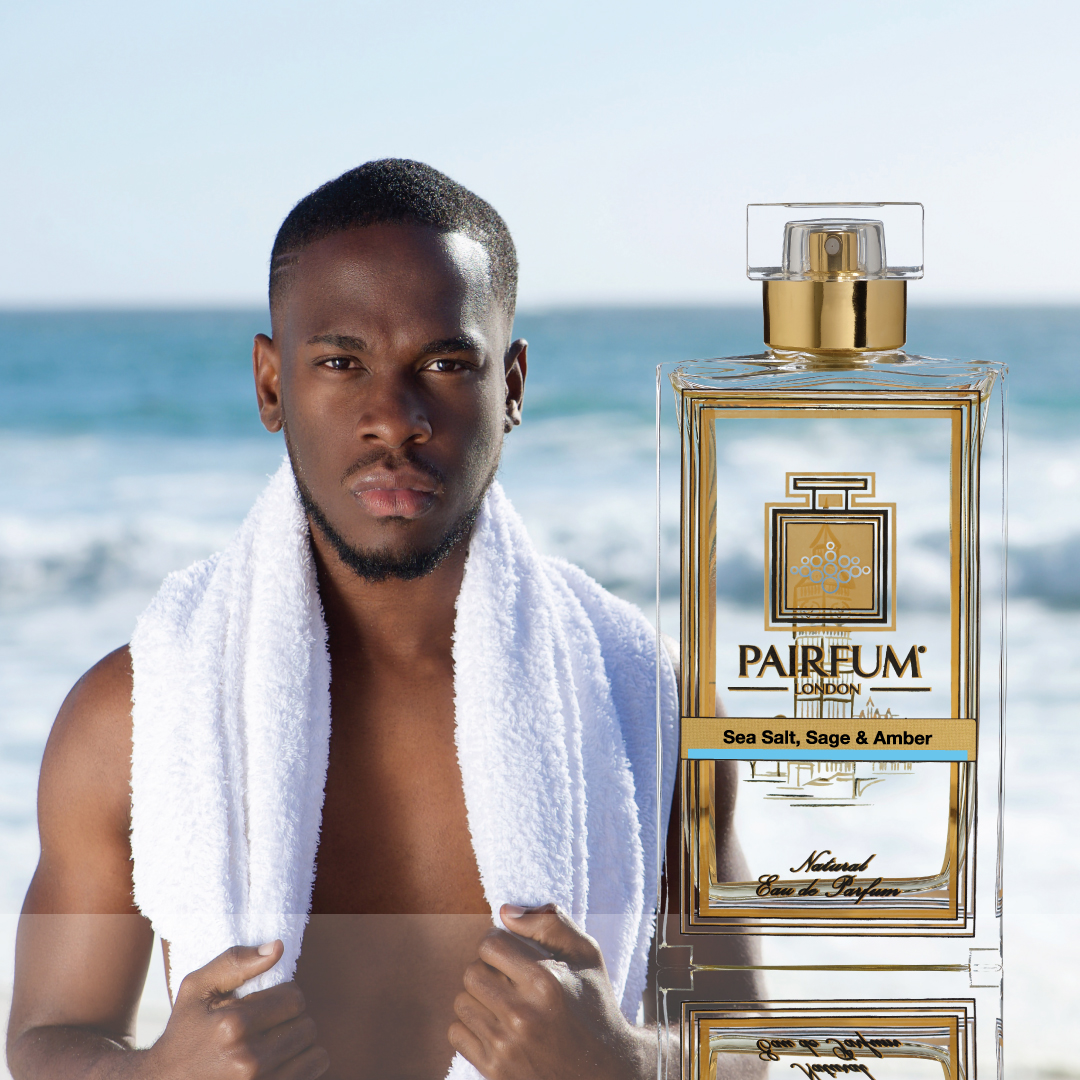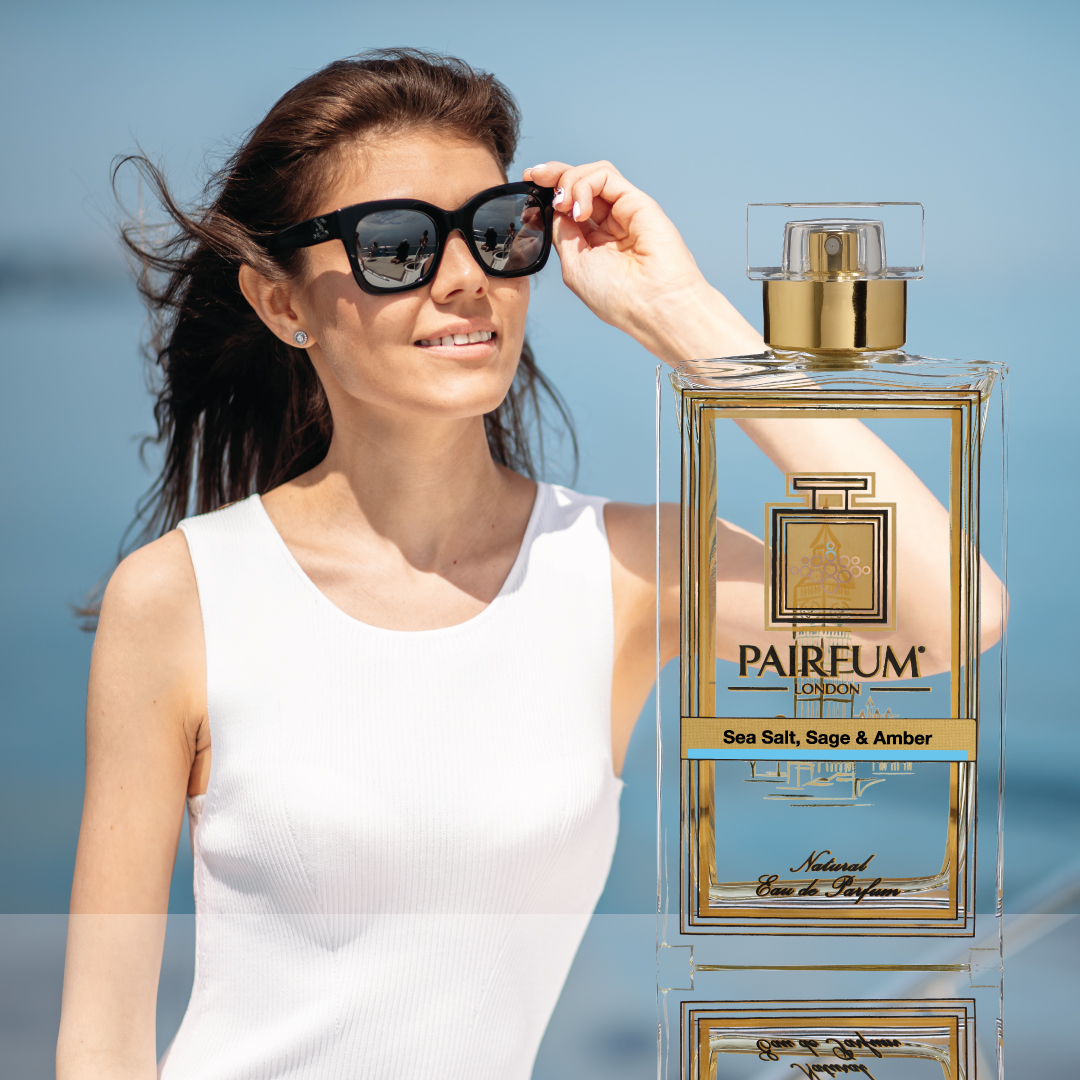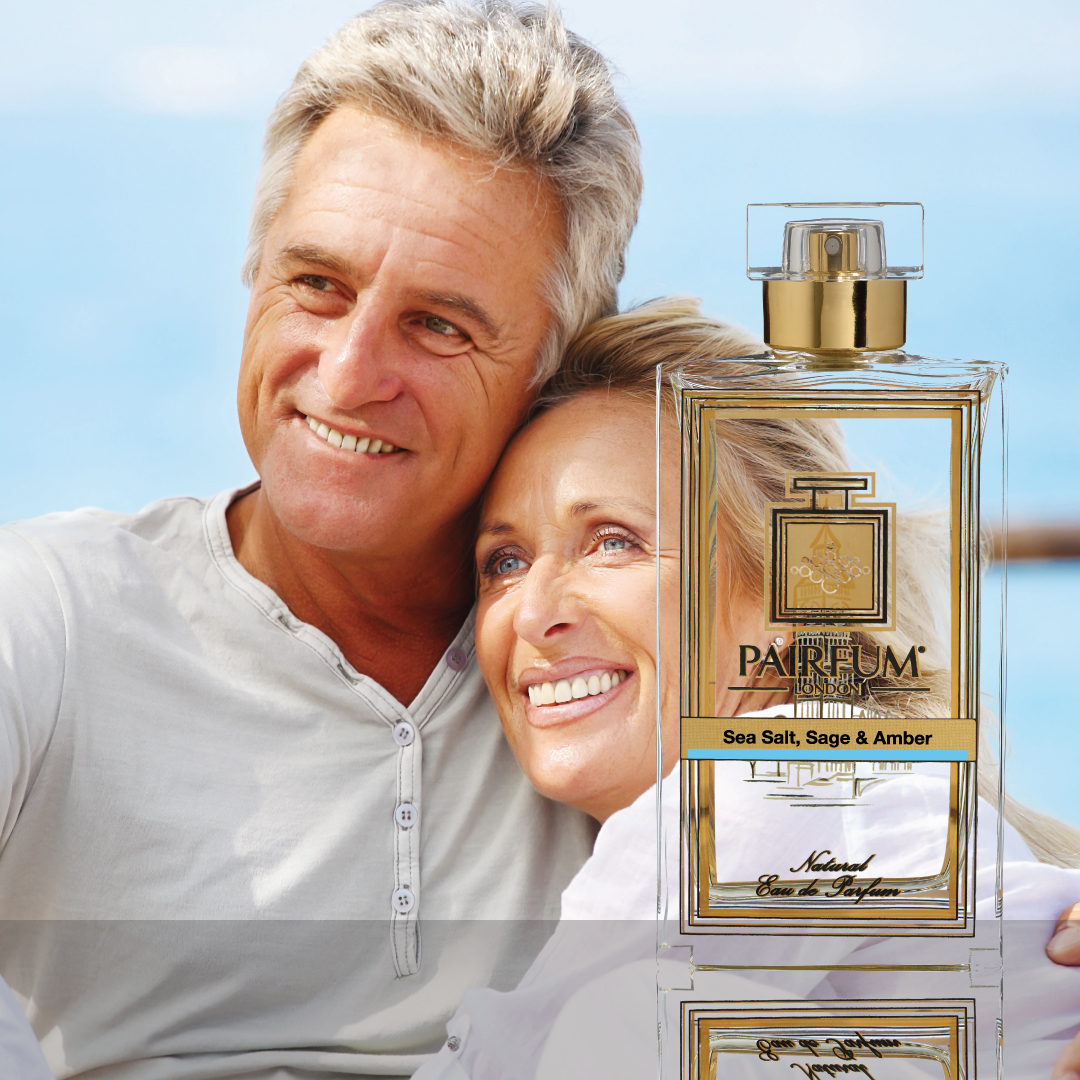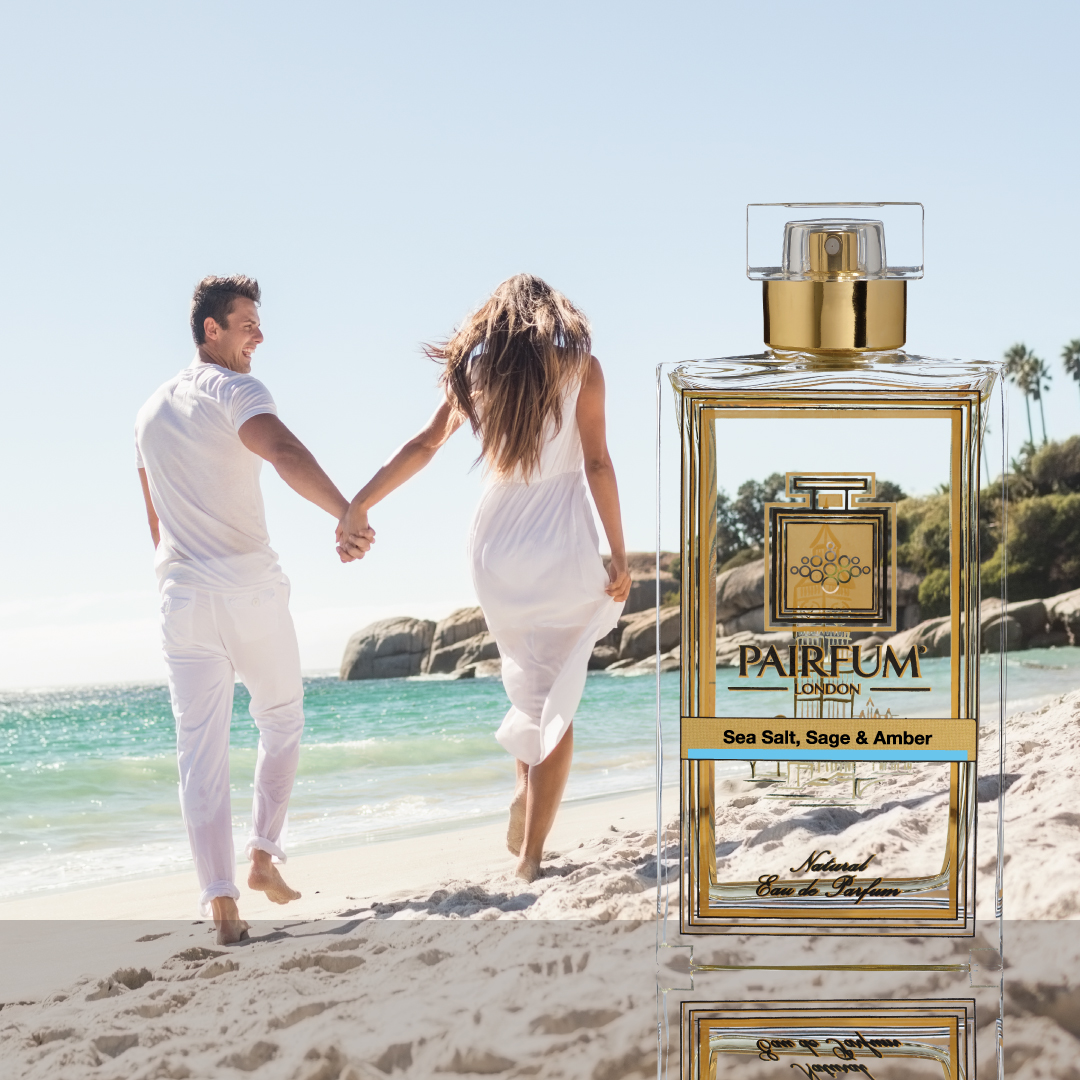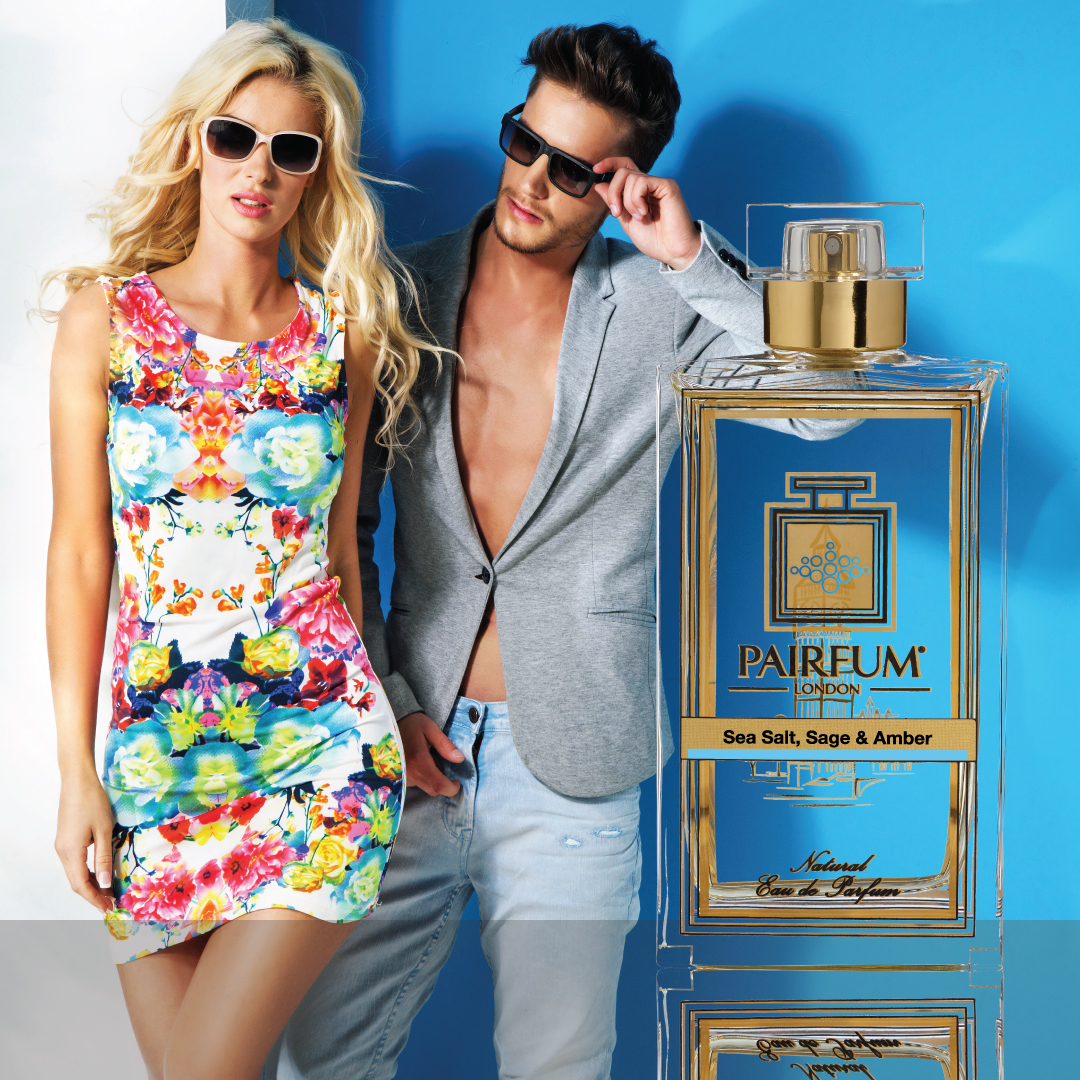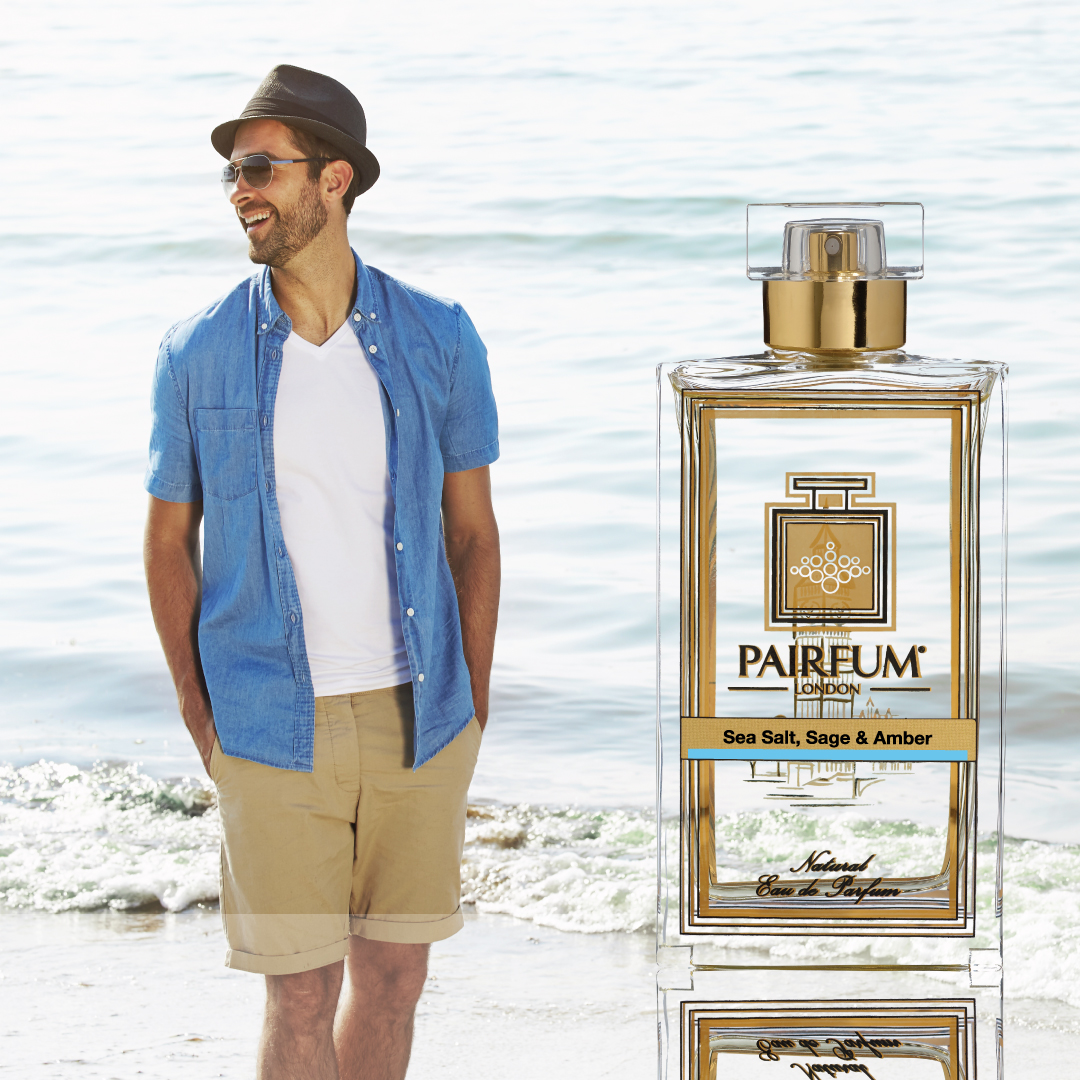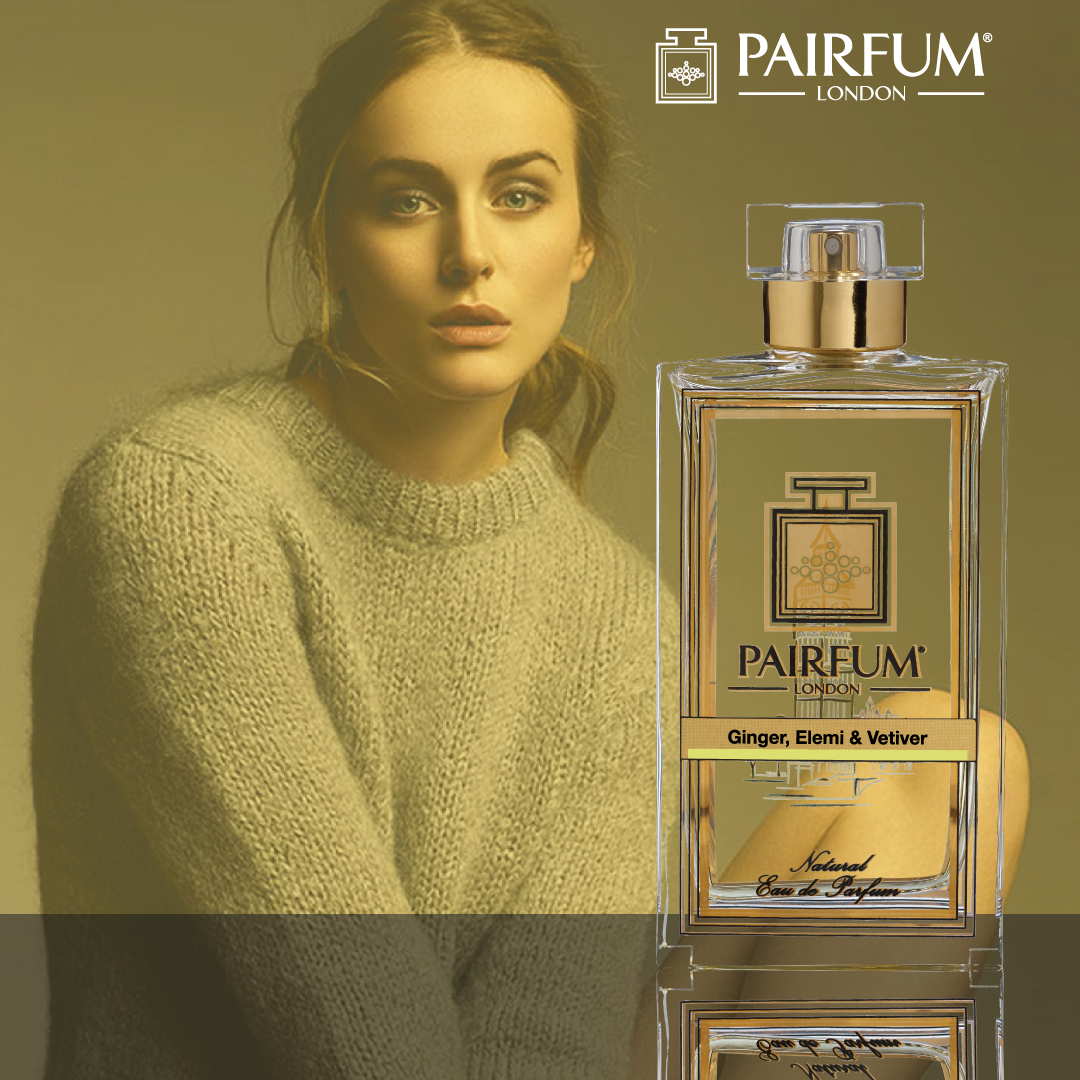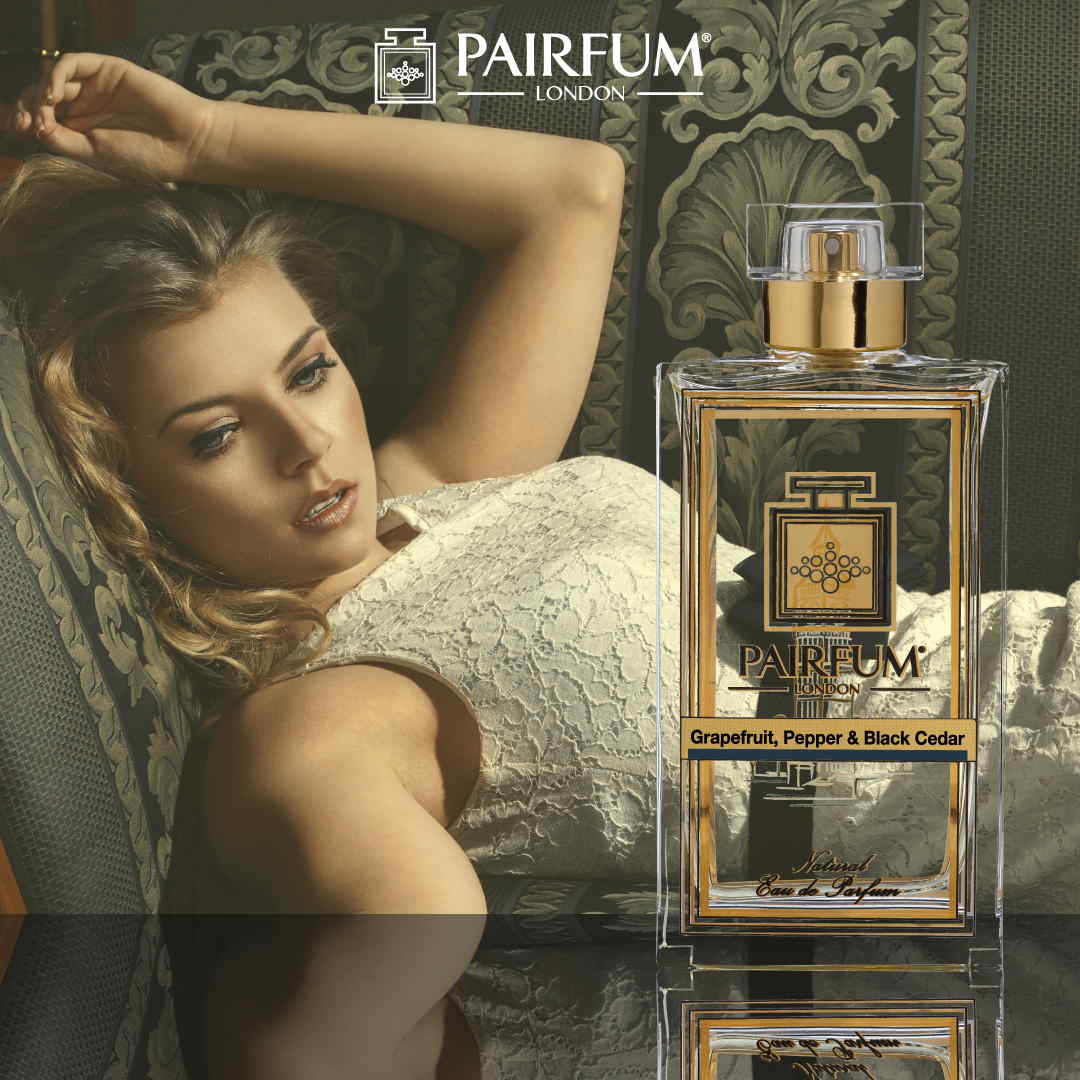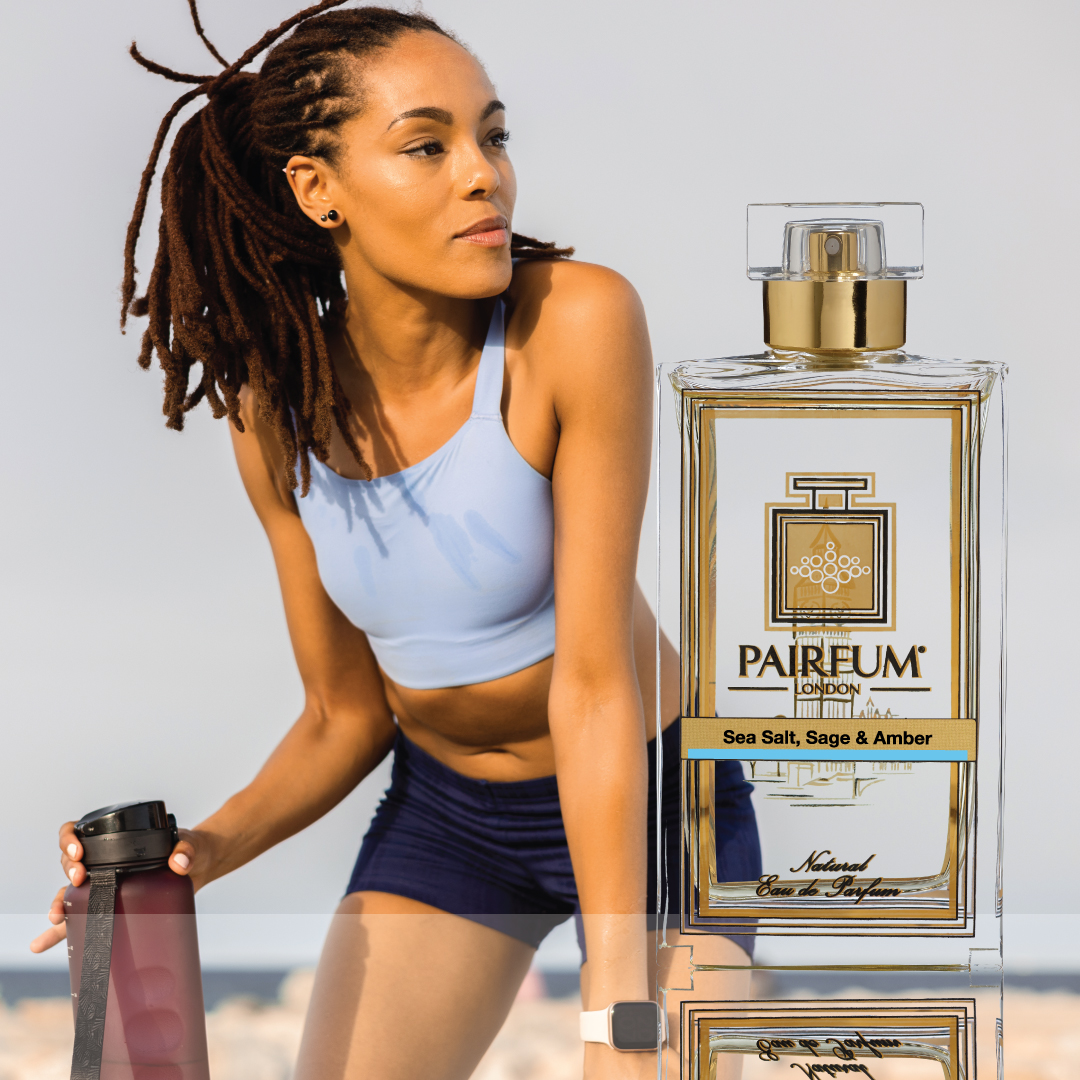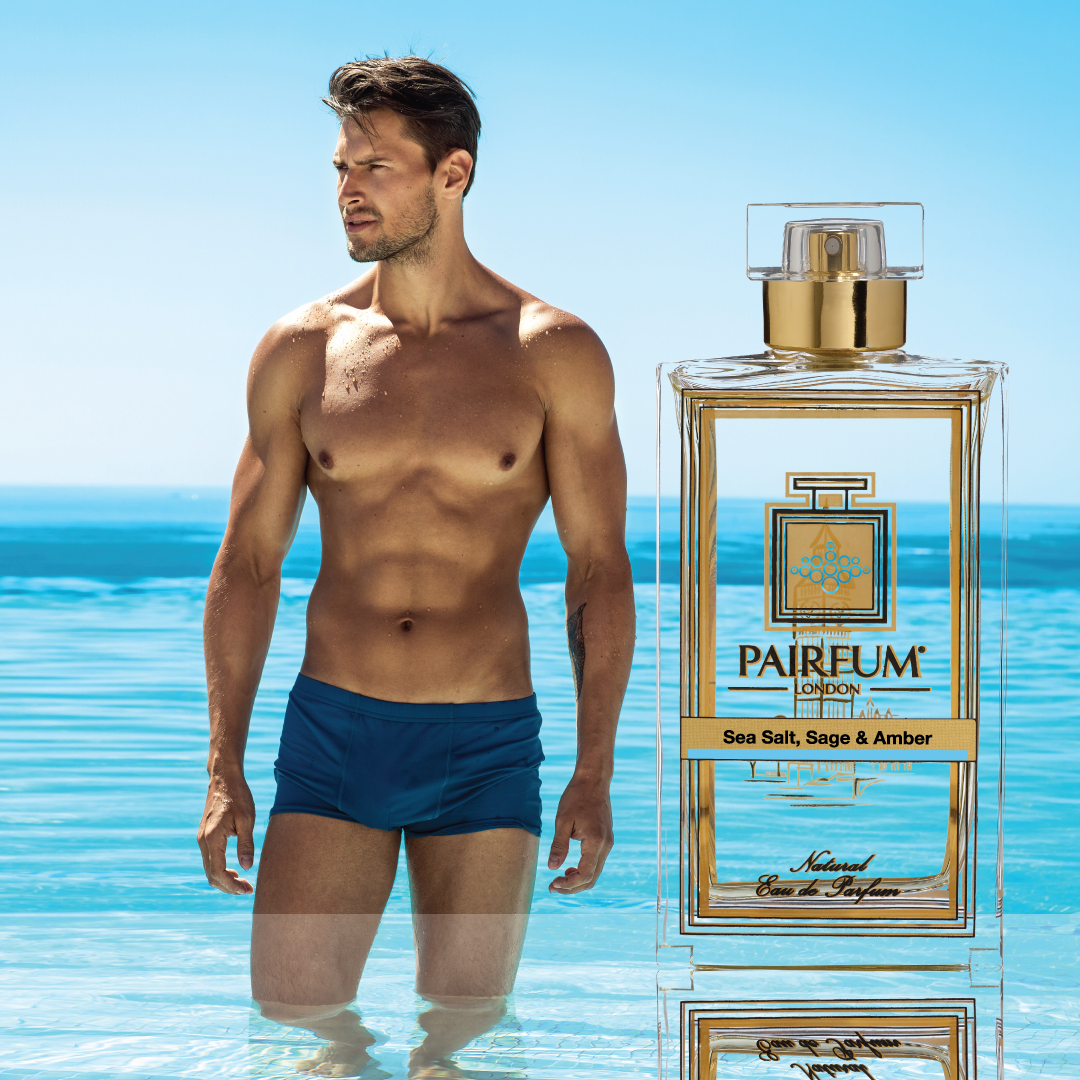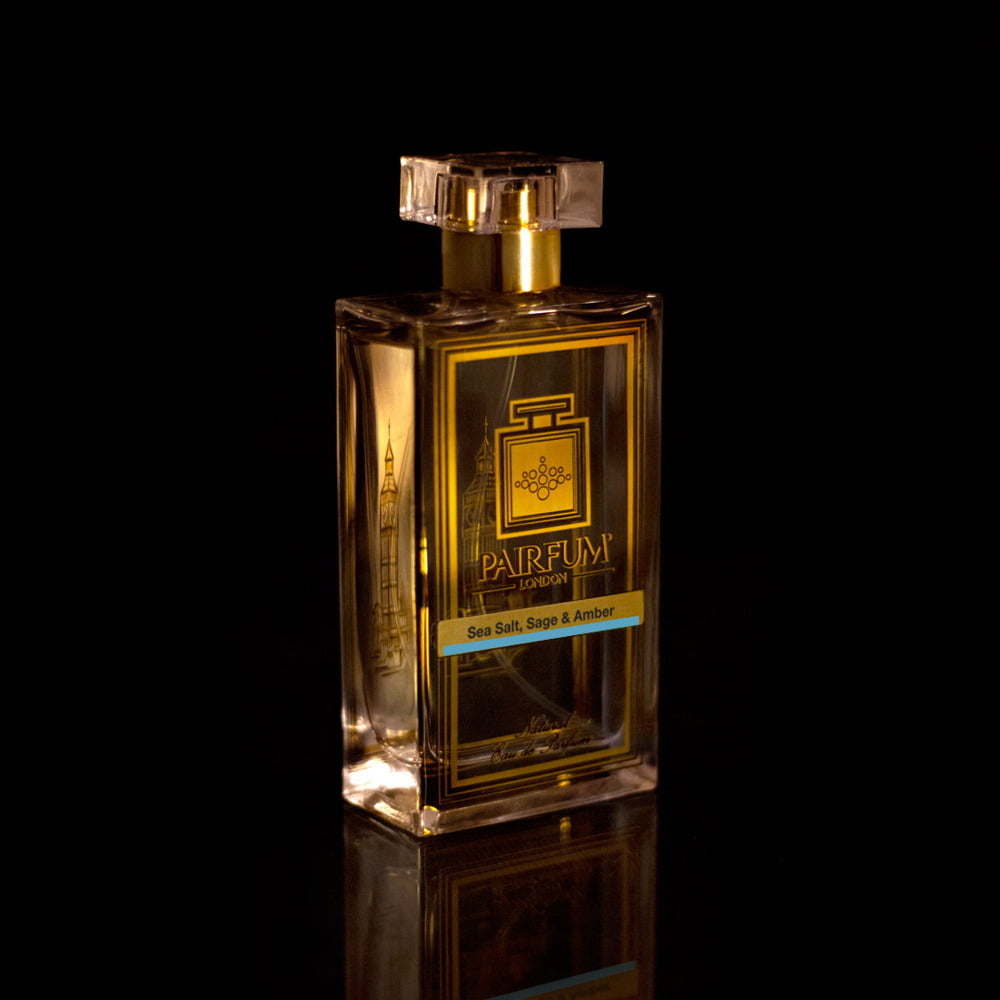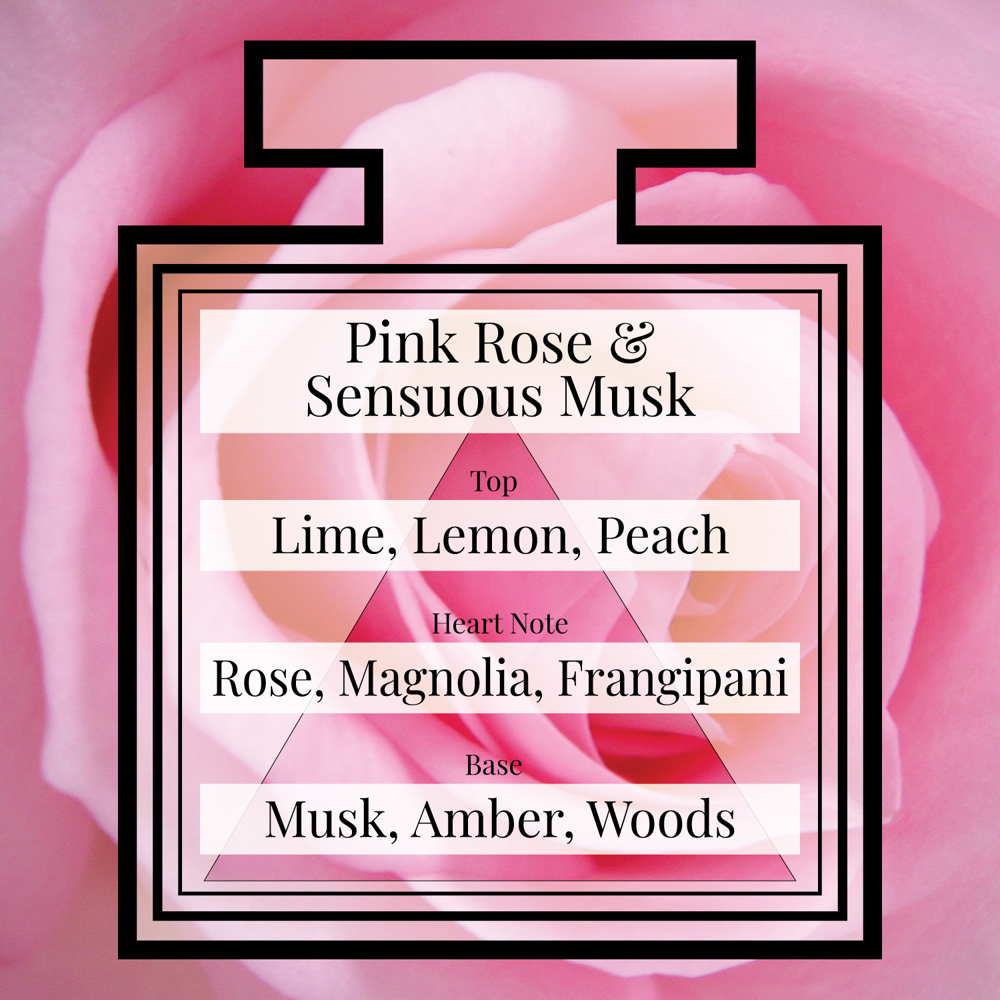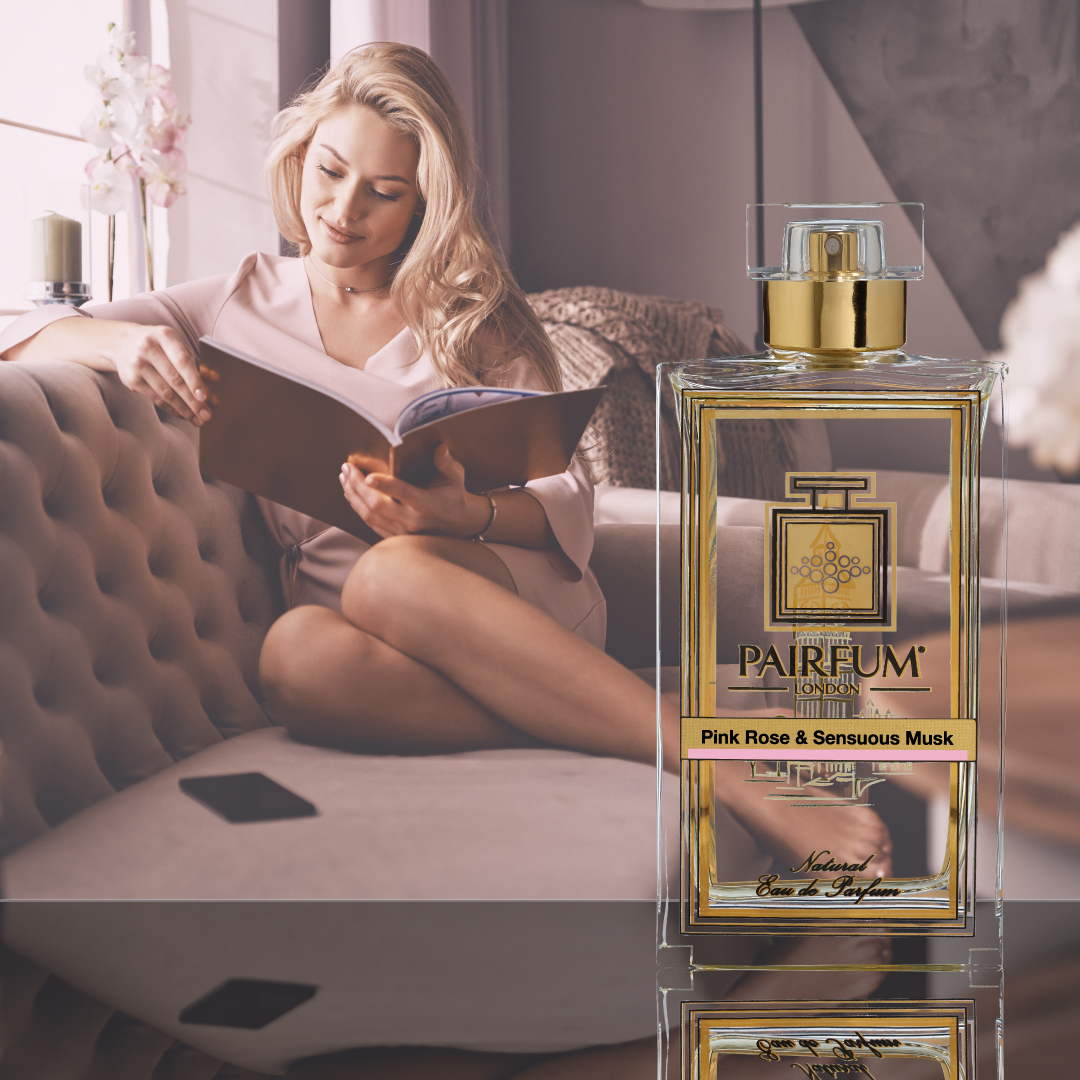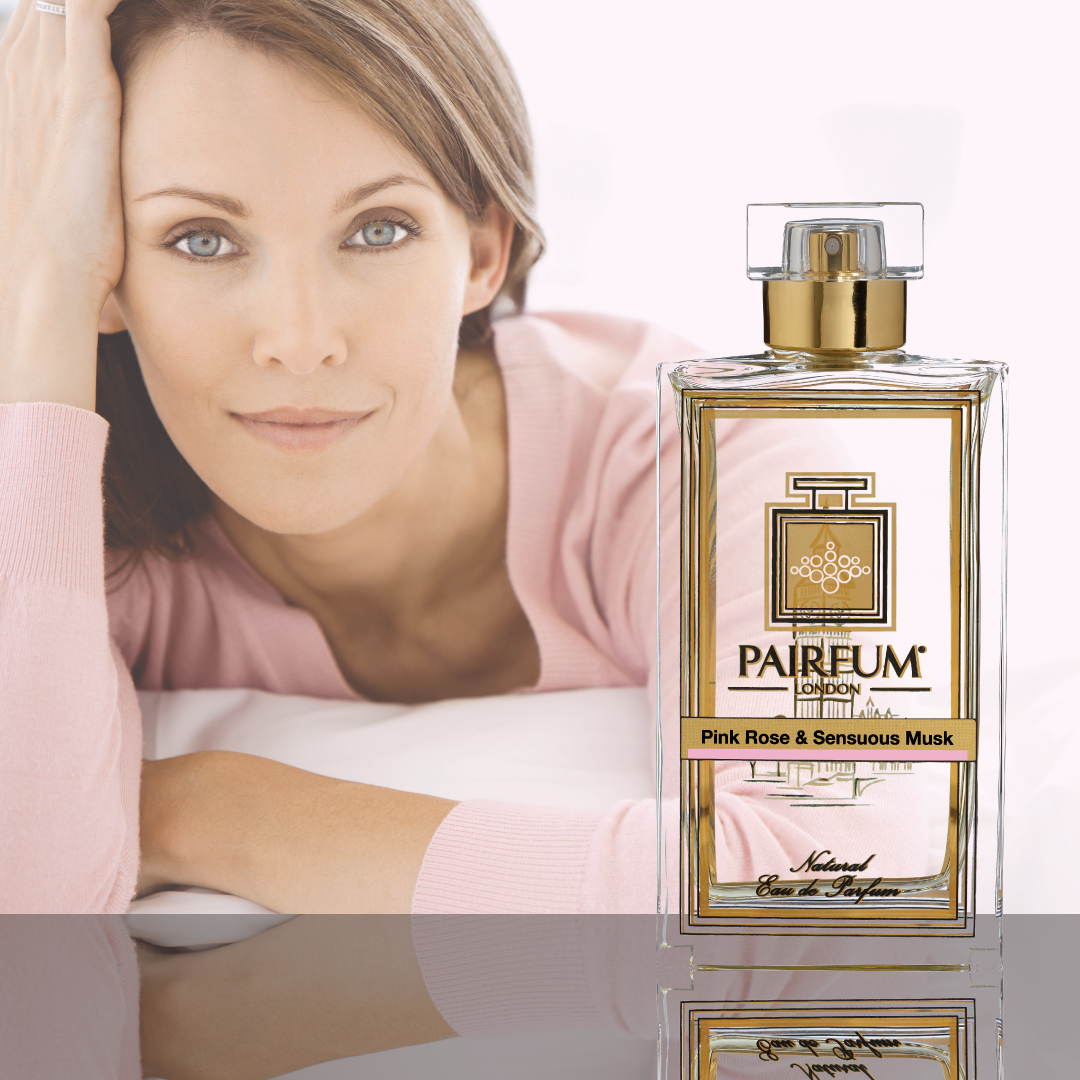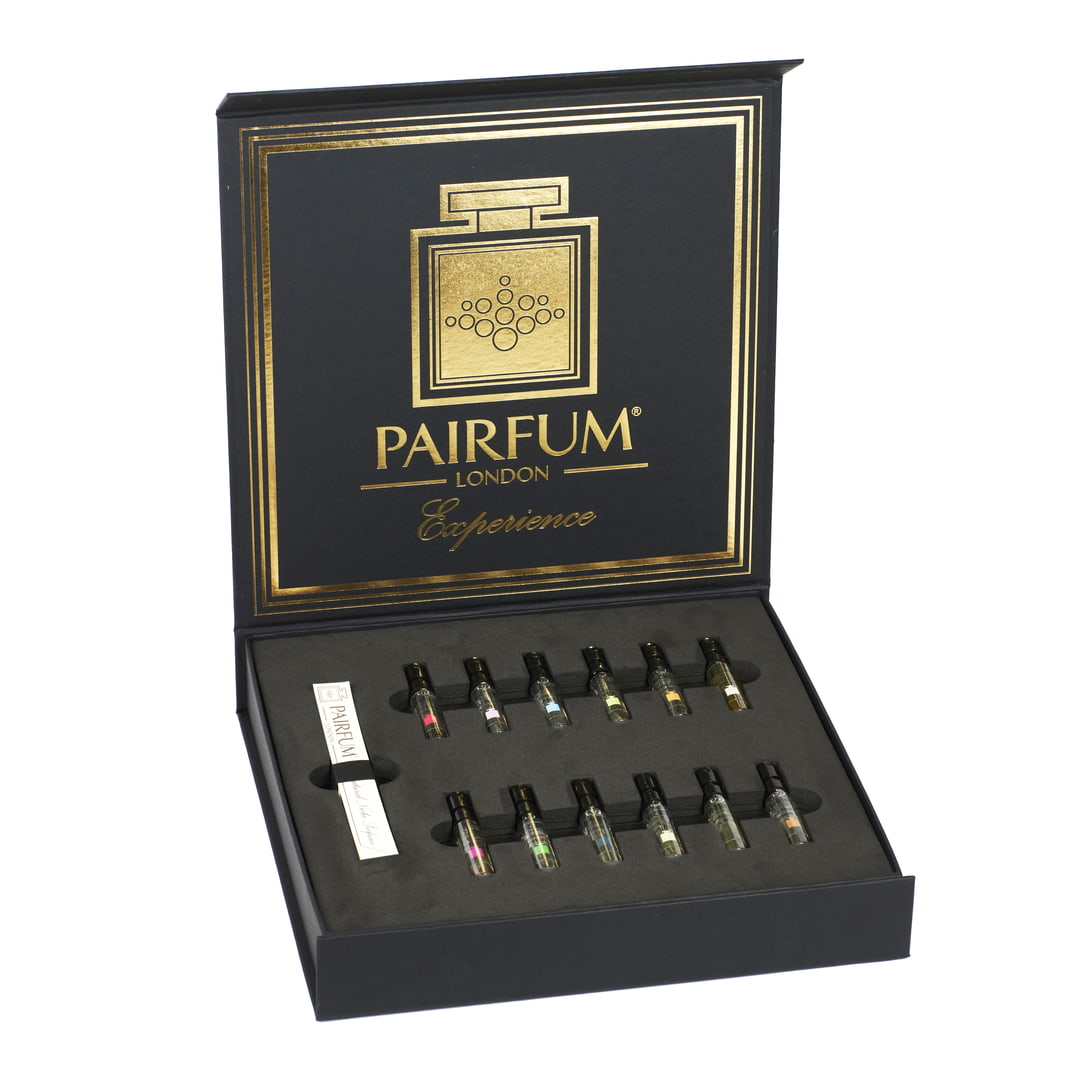Clusters of vibrant freesia blooms dance in a soft breeze to create a scent so delicate yet so powerful that is whisks you away to a sunlit garden. This is the allure of freesia, a flower adored by fragrance enthusiasts for its unique charm. Celebrated for its sweet, uplifting aroma, freesia holds a cherished place in the world of perfumery. With hints of citrusy brightness and a touch of peppery warmth, freesia offers a refreshing elegance that captivates the senses. The versatility of freesia allows it to blend effortlessly into countless perfumes, adding a sophisticated floral note that enchants admirers of freesia worldwide. Whether you’re drawn to freesia for its scent or its beauty, this flower, especially freesia in its many forms, remains a timeless favourite.
The journey of freesia, including varieties like freesia mixed, from a wild bloom in South Africa to an iconic perfume ingredient is as mesmerising as the freesia flowers themselves. Whether freesia is breathing a light, airy spirit into a summer scent or weaving warmth into a winter fragrance, freesia proves its adaptability in fragrance creation. Freesia, often grown from freesia corms, has a story that spans continents and centuries, making freesia a beloved choice for perfumers and enthusiasts of freesia flowers alike. In this exploration of freesia, we’ll uncover the rich history, botanical wonders, and aromatic allure of freesia, delving into why freesia, and indeed freesias in general, remain celebrated across gardens and fragrances. Freesia, as a floral icon, connects us to nature, and we’ll also look at how to nurture freesia plants at home to enjoy freesias in their purest form.
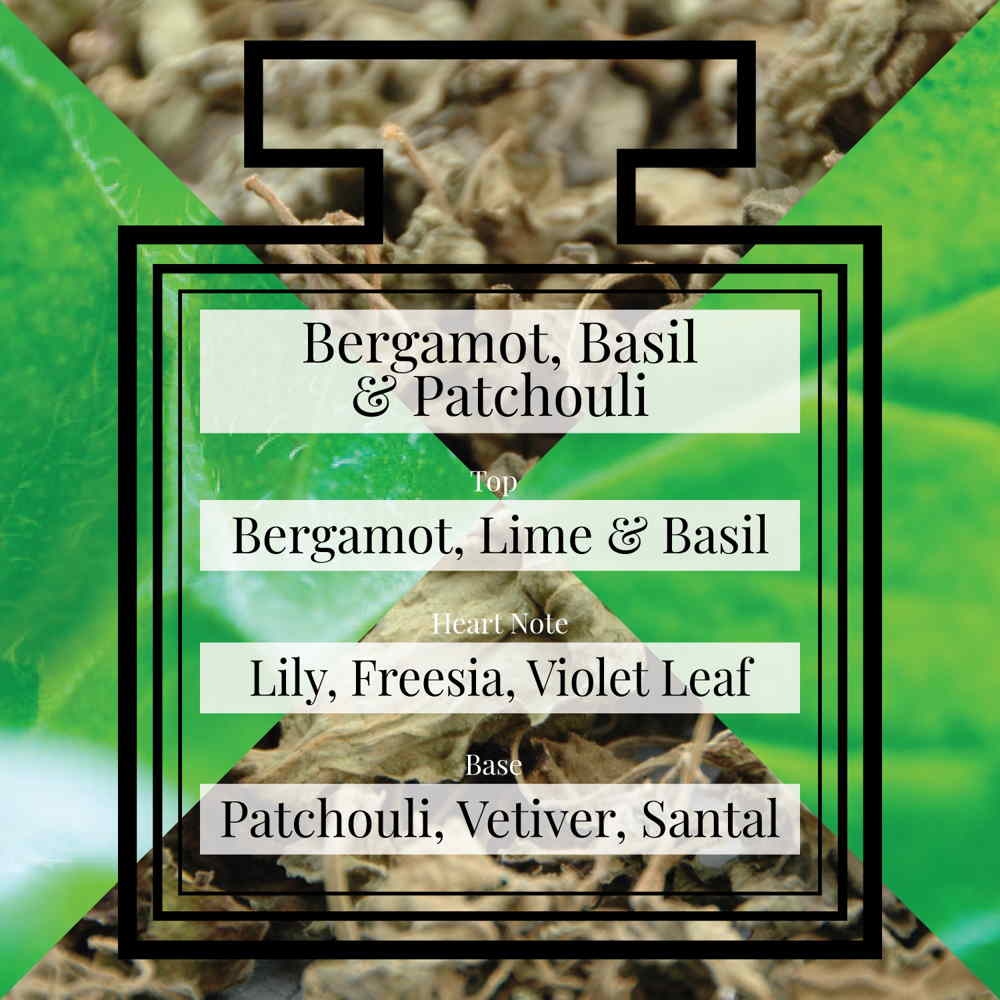
The Rich History and Botanical Roots of Freesia
The story of freesia begins in the rugged landscapes of South Africa, particularly around the Cape region in Southern Africa, where this delicate flower, known simply as freesia, first bloomed wild. Belonging to the Iridaceae family, freesia encompasses about 16 species, with notable ones like freesia refracta and f laxa contributing to its diversity across species. Discovered by European botanists in the 19th century, freesia was named after Friedrich Heinrich Theodor Freese, a German physician and botanist, reflecting its scientific heritage. The lovely fragrance and striking bell-shaped blooms of freesia quickly won admiration, leading explorers to introduce freesia to gardens across Europe, including the United Kingdom and even regions like Northern Ireland, where delivery of freesia corms and freesia bulbs became popular for cultivation.
In Victorian times, freesia and freesias became symbols of friendship and trust, often woven into a bouquet or bridal bouquet to convey heartfelt emotions. Beyond Britain, the cultural resonance of freesia and freesias spread, representing innocence and thoughtfulness, embedding freesia deeply in the language of flowers. These associations, paired with the captivating scent of freesia, cemented freesias as favourites in floral arrangements and fragrances. As demand for unique perfume notes grew, freesia emerged as a vital ingredient, with freesias inspiring countless blends over time. The history of freesia and freesias continues to inspire, proving that flowers like freesia hold an eternal charm.
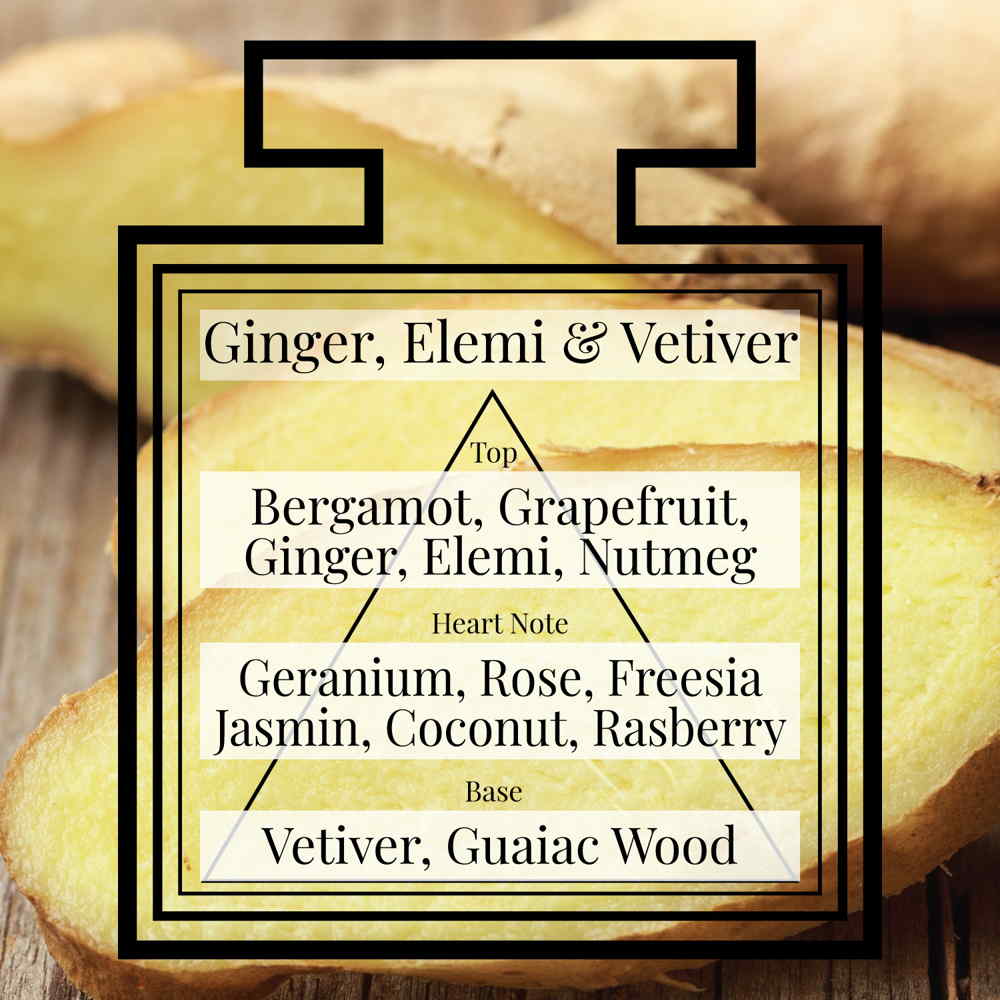
The Unique Aromatic Profile of Freesia
What makes freesia stand out in the fragrance world is its intricate yet approachable scent profile. At first sniff, freesia unveils a sweet floral bouquet with a lively citrusy edge that feels like a burst of spring light. Beneath this brightness of freesia lies a subtle peppery warmth, making freesia more than just typical flowers. This layered aroma enables freesia to pair exquisitely with diverse fragrance families, enhancing the beauty of freesias in perfumery. Whether it’s freesia brightening a blend or tempering richer notes, freesias offer a harmonious balance that perfumers cherish. Freesia, in all its forms, evokes joy and nostalgia, making freesias a perfect choice for anyone seeking a scent that uplifts.
In perfumery, freesia and freesias often play the role of heart notes, linking fleeting top notes with enduring base notes. Freesia can amplify the playfulness of fruity mixes or soften intense compositions, showcasing why freesias are so versatile. The scent of freesia, drawn from various species of freesias, remains a staple for creators exploring floral depth. When you experience freesia, you connect with the timeless allure of flowers, as freesias continue to inspire with every bouquet or perfume crafted from freesia blooms.
The Visual Beauty and Varieties of Freesia
Freesia isn’t just a treat for the nose; it’s a feast for the eyes with its stunning array of colour and form across flowers. Blooming in shades like vibrant yellow freesia, alongside white, pink, red, and purple freesias, these flowers bring life to any setting. Freesia flowers, with their slender funnel-shaped blooms, cluster along one side of a wiry stem, creating an elegant arching display of freesias that’s captivating in gardens or as cut flowers. This visual diversity of freesia translates into perfumery, where different freesias lend unique nuances to fragrance compositions, showcasing the magic of flowers.
Common varieties of freesia include single blooms with subtle aromas, double freesias with richer scents, and hybrid freesias blending the best traits of their origins. Whether it’s a yellow freesia adding sunshine to a garden or a freesia mixed selection bringing variety, freesias delight with their diversity. Beyond fragrance, the beauty of freesia flowers as cut blooms makes freesias a popular choice for home decor, filling spaces with natural scent and vivid hues of flowers, deepening the connection to freesias behind beloved scents.

Extraction Methods for Freesia Essence
Capturing the aromatic essence of freesia and freesias demands precision, as the method shapes the final fragrance’s intensity and purity. Perfumers crafting with freesia employ techniques to distil the soul of flowers, ensuring each batch of freesia essence arrives in perfect condition for blending. One method for freesia is steam distillation, using steam to draw oils from freesia petals, preserving the fresh note of freesias. Solvent extraction pulls concentrated oils from freesia blooms, ideal for bold scents of freesias, while CO2 extraction retains the pure aroma of freesia, mimicking the natural charm of flowers.
The delivery of freesia essence to fragrance creators worldwide relies on these methods to maintain quality. Whether it’s freesia from a single bloom or a mix of freesias, the extraction process ensures the spirit of flowers like freesia shines through. Each delivery of extracted freesia oils carries the legacy of freesias, connecting the raw beauty of a freesia plant to the artistry of perfume, making freesias a cornerstone of floral creations.
The Emotional and Wellbeing Benefits
Beyond its sensory allure, freesia nurtures emotional wellbeing with its bright, cheerful scent. Freesia and freesias often uplift spirits and ease stress, acting as a natural mood booster on gloomy days, much like the blooming of flowers in spring. In aromatherapy, the fragrance of freesia fosters calm and positivity, making freesias a sought-after note for personal care and home use alongside other flowers. The gentle warmth of freesia offers comfort, creating a soothing presence through freesias that helps melt away tension during winter or late winter months.
Wearing a scent inspired by freesia or placing freesia flowers in your space can stir nostalgia, recalling springtime strolls or tender moments with flowers. For those seeking a fragrance that nurtures both body and soul, freesia and freesias blend sensory delight with emotional resonance, much like the delicate leaves of a freesia plant sway in the breeze. Freesia enhances daily life with its quiet magic, ensuring freesias remain a source of joy through every season, from spring to winter.

Growing Freesia at Home: Bring the Fragrance Closer
For lovers of freesia and freesias eager to connect with the source of their favourite scents, growing freesias at home is a rewarding pursuit. Native to warmer climates, the freesia plant thrives in well-drained sandy soil with plenty of sunshine, making freesias a delightful addition to gardens or pots in many regions. Often grown from freesia corms or freesia bulbs, freesias can be planted for flowering in summer outdoors or for flowering indoors during late winter and early spring. Whether using pots or garden beds, freesias offer vibrant blooms when cared for properly, enhancing any space with flowers.
To cultivate freesia, choose a spot with full sun and ensure soil or compost in pots is enriched with organic matter for optimal flowering. Plant a freesia corm or freesia bulbs about 5 to 8 centimetres deep, with the pointed end up, spacing freesias apart for healthy growth. Water freesias moderately via careful watering, keeping soil or compost in containers moist but not waterlogged, as freesias dislike soggy conditions. For growing in containers or pots, ensure good drainage to enjoy the scent of freesias indoors during autumn or winter, when frost poses a risk to outdoor freesias. With care, flowering freesias last weeks, filling your home with the fragrance of flowers.
Gardeners must note that freesia and freesias are tender and need protection from frost, especially in colder areas where frost can damage leaves and blooms of freesias. In regions prone to frost, consider lifting freesia corms after flowering to store over winter, or grow freesias as annuals using fresh freesia bulbs. Pests like aphid or red spider mite can affect freesias, so monitor plants and ensure good air circulation around freesias. Resources from experts like Sarah Raven or the Royal Horticultural Society offer guidance on growing freesias, ensuring your selection results in thriving flowers. Whether in pots or borders, growing freesias links you to the floral heart of cherished scents.
Freesia in Gardens: Planting and Timing
Understanding the timing for freesia and freesias is key to successful cultivation of these stunning flowers. Planting freesia corms in spring often yields blooms by late summer, while setting freesias in autumn can bring flowering in early spring indoors. The delivery of freesia bulbs or corms to gardeners often aligns with these seasons, ensuring freesias arrive in perfect condition for planting. Whether you’re nurturing a single freesia plant or a variety of freesias, timing impacts how freesias develop their vibrant blooms and lush leaves, enhancing gardens with flowers.
In cooler climates, protecting freesias from harsh winter frost remains essential for healthy flowering. Freesia plants can also be started from seed, though growing freesias from seed takes longer than using a corm or freesia corms, delaying the delivery of blooms. Regardless of method, freesias reward patience with their beauty, transforming any garden or bouquet with the charm of flowers. Keep exploring related products like quality compost to support freesias, ensuring every freesia reaches its full potential as part of your floral haven.

Iconic Uses of Freesia in Perfumery
Freesia has left its aromatic mark on countless celebrated perfumes, showcasing the versatility of freesias in scent creation. The ability of freesia to harmonise with varied notes makes freesias a cherished choice for crafting timeless fragrances with flowers. In light, breezy blends, freesia often leads with a fresh touch, amplifying the essence of freesias alongside citrus notes, much like spring flowers blooming anew. Imagine a scent inspired by dew-kissed meadows at dawn, where freesia mirrors the first light of day through freesias’ radiance.
For deeper, warmer profiles, freesia pairs beautifully with richer bases, softening heavy tones with floral elegance from freesias. Picture an evening fragrance where the subtle sweetness of freesia lingers, evoking the depth of flowers like freesias. Modern creations also tap into the allure of freesia, mixing freesias with unexpected elements for bold results, inviting wearers to explore new sensory paths with flowers. The adaptability of freesia ensures freesias hold a lasting place in perfumery, inspiring enthusiasts to seek the magic of freesias in their scent journeys.
Sustainability and Ethical Cultivation
In an era of mindful choices, the cultivation of freesia and freesias gains attention for its environmental impact. Sustainable farming of freesias supports communities in regions where freesias originate, preserving natural ecosystems around flowers like freesia. Ethical delivery of freesia bulbs and resources ensures freesias are grown responsibly, maintaining the integrity of freesias for future generations. Choosing to support such practices with freesias allows appreciation of freesia to align with care for the planet, honouring the roots of flowers.
Sustainable efforts also reduce waste during the delivery and cultivation of freesia, ensuring freesias thrive without harm to their surroundings. Whether it’s planting freesias in gardens or enjoying the scent of freesia in fragrances, supporting ethical sources for freesias enhances the joy of flowers. Freesia remains a symbol of beauty and responsibility, with freesias reminding us to cherish nature as we cultivate and admire flowers.
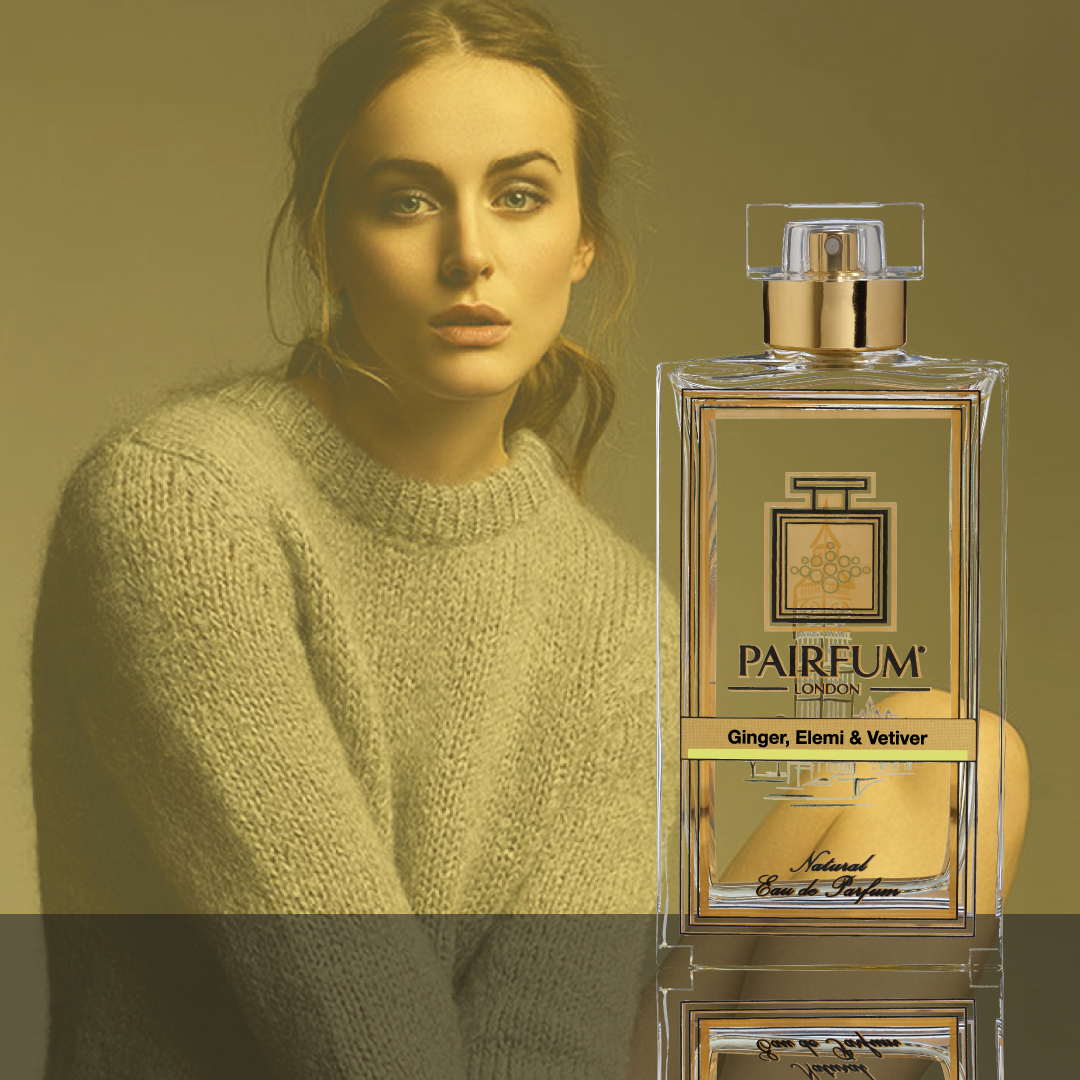
Freesia Heart Notes with Pairfum London
If the enchanting allure of freesia has captured your heart, imagine experiencing its floral charm in a beautifully crafted scent that complements its timeless grace. Dive into a fragrance that weaves subtle hints of freesia with invigorating notes, offering a sophisticated touch to your everyday moments. This eau de parfum, available for exploration at a dedicated online boutique, brings together the delicate beauty of freesia with complementary essences, creating a truly captivating aroma that resonates with lovers of floral elegance.
Ginger, Elemi & Vetiver – Eau de Parfum by Pairfum London
A surprising fusion of spices and freshness, it opens with notes of Bergamot, Grapefruit and a trace of Lavender, combined with Ginger, Elemi, Nutmeg & Cinnamon. The heart is composed of Geranium, Rose, Freesia, Gardenia, Jasmine and Orange Blossom, with fruity hints of Coconut and Raspberry. A base of Vetiver, Guaiacwood, Cedar, Amber, Cashmere Musks, Vanilla & Moss supports this note beautifully.

How to Choose and Appreciate Freesia Fragrances
If the enchanting allure of freesia and freesias calls to you, exploring fragrances inspired by these flowers can feel like a joyful quest. Consider the mood or moment when appreciating freesia: for daytime, a light scent with freesias evokes a breezy charm akin to spring flowers. For evenings, deeper blends featuring freesia add sophistication, reflecting the depth of freesias and other blooms. The delivery of such fragrances to your senses mirrors the natural beauty of a freesia plant or freesias in full bloom.
Appreciating freesia also extends to home settings, where freesias as cut flowers or in a bouquet enhance spaces with their aroma. Experiment with freesias by placing them in various rooms, letting the warmth of flowers like freesia bring freesias’ delicate magic to life daily. Whether through scent or sight, freesia and freesias offer endless inspiration, connecting us to the timeless elegance of flowers in every form. All rights reserved to the natural wonder of freesias as we celebrate their place in our lives.








